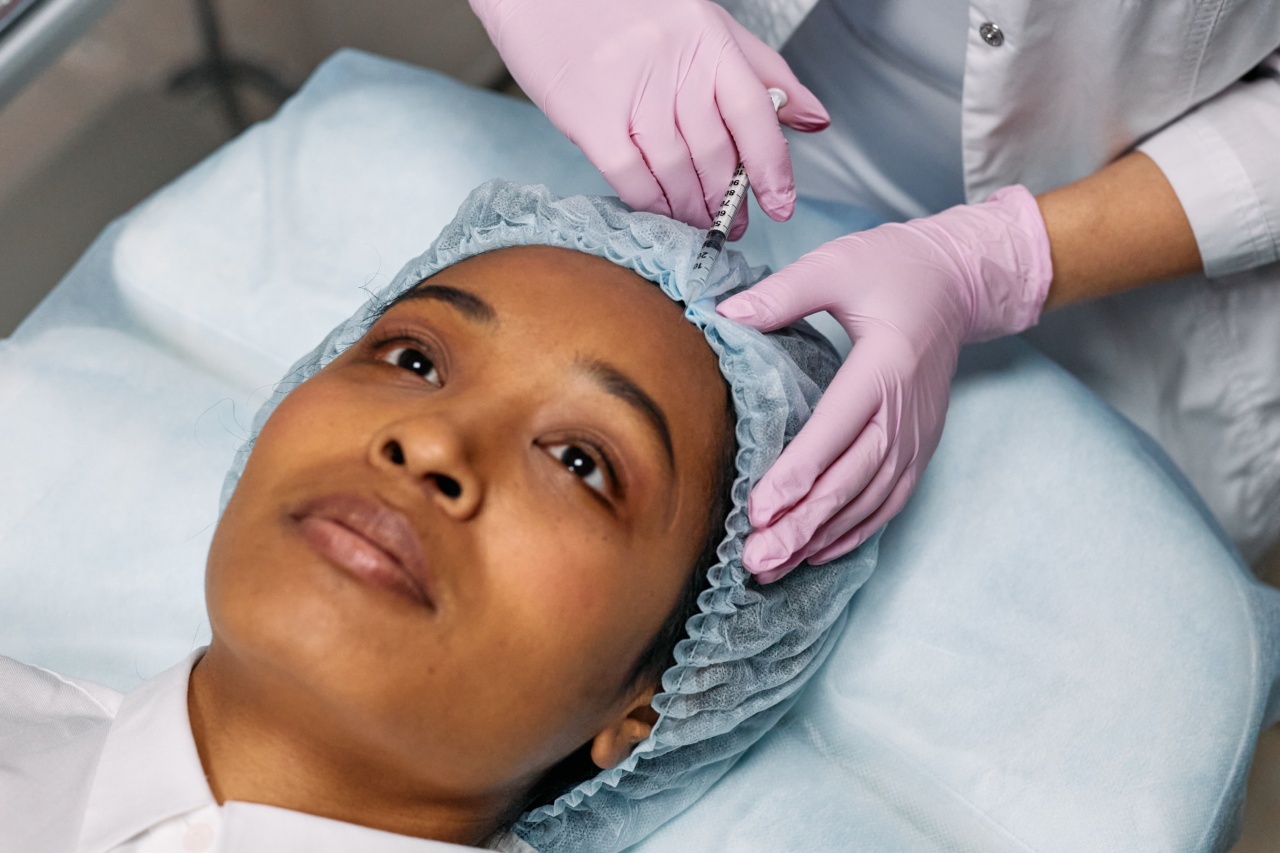Stroke is a major cause of disability and affects millions of people worldwide, and their quality of life is significantly affected due to the residual motor impairment.
Post-stroke impairments in movement, which can be debilitating, can be treated with Botox – Botulinum Toxin A injections.
What is Botox?
Botox is a purified and highly diluted form of botulinum toxin, which is produced by the bacteria Clostridium Botulinum. Botox injections are used to treat muscle spasms and other disorders that involve involuntary muscle contractions.
It works by blocking the release of acetylcholine, a neurotransmitter, which sends signals between nerve cells and muscles. As a result, the muscles relax and the contractions stop.
How does Botox help in post-stroke movement impairments?
Post-stroke movement impairments are caused by damage to the brain that affects a person’s ability to control their muscles. This can cause muscle stiffness, spasms, and weakness.
Botox injections work by blocking the release of acetylcholine at the neuromuscular junction (the point where the nerves meet the muscles), which reduces muscle activity and allows the muscle to relax. This can significantly reduce the muscle stiffness and spasms that are commonly associated with post-stroke impairments in movement.
Studies on Botox for post-stroke movement impairments
Several studies have shown that Botox injections can be useful in improving the quality of life of people with post-stroke movement impairments.
According to a study published in the Archives of Physical Medicine and Rehabilitation, stroke survivors who received Botox injections reported a significant improvement in their daily movement, motor function, and quality of life, as compared to those who did not receive Botox. Another study published in the Journal of Neurology, Neurosurgery, and Psychiatry found that Botox injections significantly reduced muscle stiffness and spasms in stroke survivors, leading to an improvement in their movement and independence.
Benefits of Botox for post-stroke movement impairments
Botox injections can provide numerous benefits for people with post-stroke movement impairments:.
- Reduced muscle stiffness and spasms.
- Improvement in motor function and daily movement.
- Improved quality of life.
- Increased independence.
Side Effects of Botox
Like any other medical treatment, Botox injections can have some side effects. The most common side effect of Botox injections is temporary muscle weakness or paralysis in the injected area. Other side effects may include:.
- Headaches
- Flu-like symptoms
- Dry mouth or eyes
- Numbness or tingling in the injected area
- Allergic reactions
Most side effects of Botox are temporary and can be easily managed. However, it is important to inform your doctor if you experience any side effects after the Botox injection.
Conclusion
Botox injections have proven to be a safe and effective treatment for post-stroke movement impairments.
They can significantly reduce muscle stiffness and spasms, improve daily movement and motor function, and increase the quality of life of stroke survivors. If you or someone you know struggle with post-stroke movement impairments, consult with your doctor to find out if Botox injections are a suitable treatment option.































